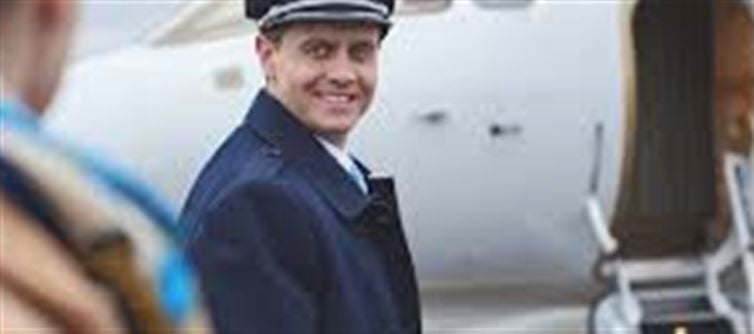
Global / U.S. figures
· According to one guide for private-jet pilots globally: entry-level in the U.S. can earn US $50,000-85,000/year, mid‐level US $85,000-150,000, senior US $150,000-250,000+ depending on experience, jet type, employer.
· In Canada, private jet pilots have average annual salaries around US $112,169 (~C$150,600), with entry‐level lower and large-jet senior captains much higher.
India figures
· For india, one summary says private‐jet or corporate/charter pilots can have monthly incomes of ₹1 lakh to ₹4 lakh (i.e., ~₹12-48 lakh/year) depending on employer, flying hours and aircraft.
· Another source estimates for “private jet pilot” in india around ₹40 lakh to ₹50 lakh per annum in some cases.
Key factors impacting salary
· Experience (flight hours logged) is a major driver.
· Type of aircraft: larger, more complex jets = higher pay.
· Employer: corporate/ultra-wealthy clients vs smaller charter operations.
· Location/region cost of living and demand for private aviation.
So if you’re in india aiming for a private‐jet pilot role, a realistic early salary might be in the tens of lakhs per year, and could go higher with experience and the right jet/role.
📘 Required education & Training Path
You mentioned: “Becoming a pilot begins in the 12th grade. Candidates must have passed the 12th grade with Physics and Maths. After this, they must enroll in a DGCA-accredited flying school.”
Here’s how that aligns with indian regulatory and industry practice:
Basic educational requirement in India
· According to the regulatory body Directorate General of Civil Aviation (DGCA), for enrolling into flight training (Commercial Pilot Licence, etc), the minimum is 10+2 (Class 12) with Physics & Mathematics from a recognised board.
· Interestingly: Some sources state that a college (undergraduate) degree is not strictly mandatory for pilot licensing in india — i.e., you don’t have to have a full UG degree to become a pilot.
Training/licensing steps (roughly)
1. Finish 12th grade with Physics & Maths (as you said).
2. Pass a Class 1 medical fitness certificate (DGCA).
3. Enrol in a DGCA-approved flying school; obtain Private Pilot Licence (PPL) then Commercial Pilot Licence (CPL) plus required ratings (instrument rating, multi-engine, etc).
4. Accumulate required flying hours and experience; possibly get Type Rating for specific jet type.
5. Get job as First Officer / Co-Pilot; then with experience move to Captain, etc.
Some nuances
· While a degree isn’t strictly mandatory, many airlines may prefer candidates to have a bachelor’s degree or equivalent, especially for competitive roles or international airlines.
· The cost of pilot training is high (in india and abroad) and you’ll want to check flying hours, school accreditation, cost, job prospects.
· Your starting step after 12th is correct: you’d enroll in a flying school after meeting the 12th with Physics & Maths requirement.
✅ Summary: If you follow the path you suggested
Yes — passing 12th with Physics & Maths is the correct foundation. After that you focus on flight training/licensing rather than a traditional engineering/degree path (unless you choose to). If you build enough flight hours and competence, the salary potential is quite good — initially in the tens of lakhs (₹) in india and higher if you move internationally or fly very large jets.
Disclaimer:
The views and opinions expressed in this article are those of the author and do not necessarily reflect the official policy or position of any agency, organization, employer, or company. All information provided is for general informational purposes only. While every effort has been made to ensure accuracy, we make no representations or warranties of any kind, express or implied, about the completeness, reliability, or suitability of the information contained herein. Readers are advised to verify facts and seek professional advice where necessary. Any reliance placed on such information is strictly at the reader’s own risk.




 click and follow Indiaherald WhatsApp channel
click and follow Indiaherald WhatsApp channel